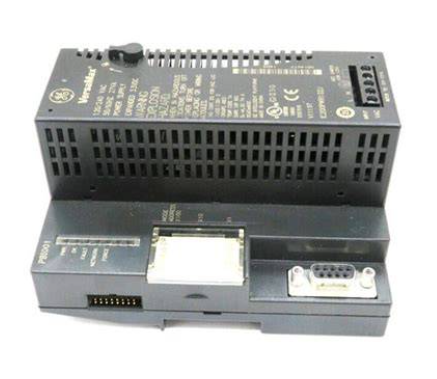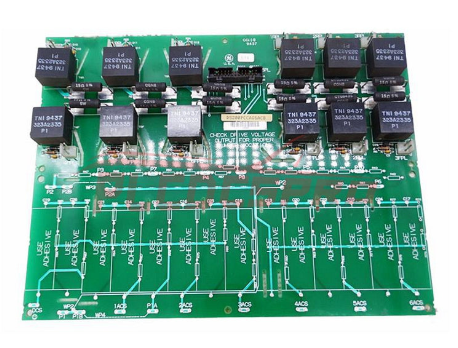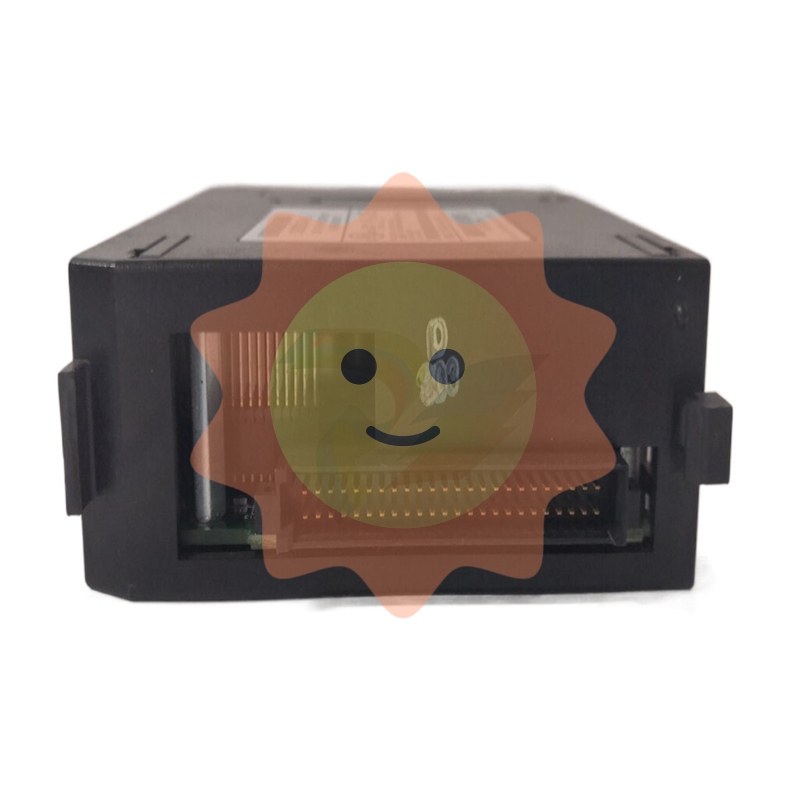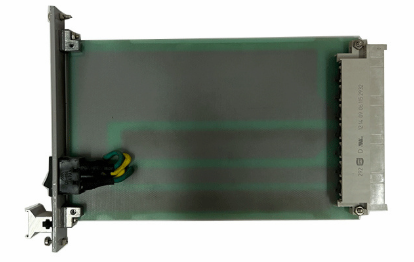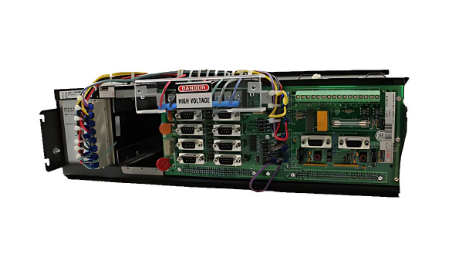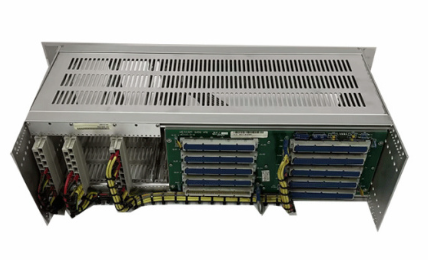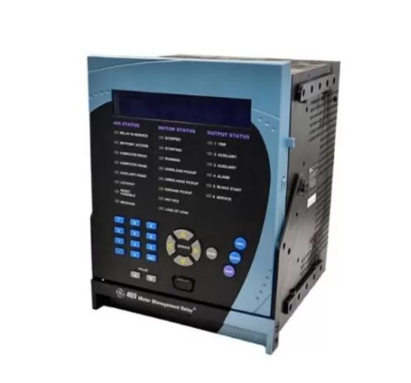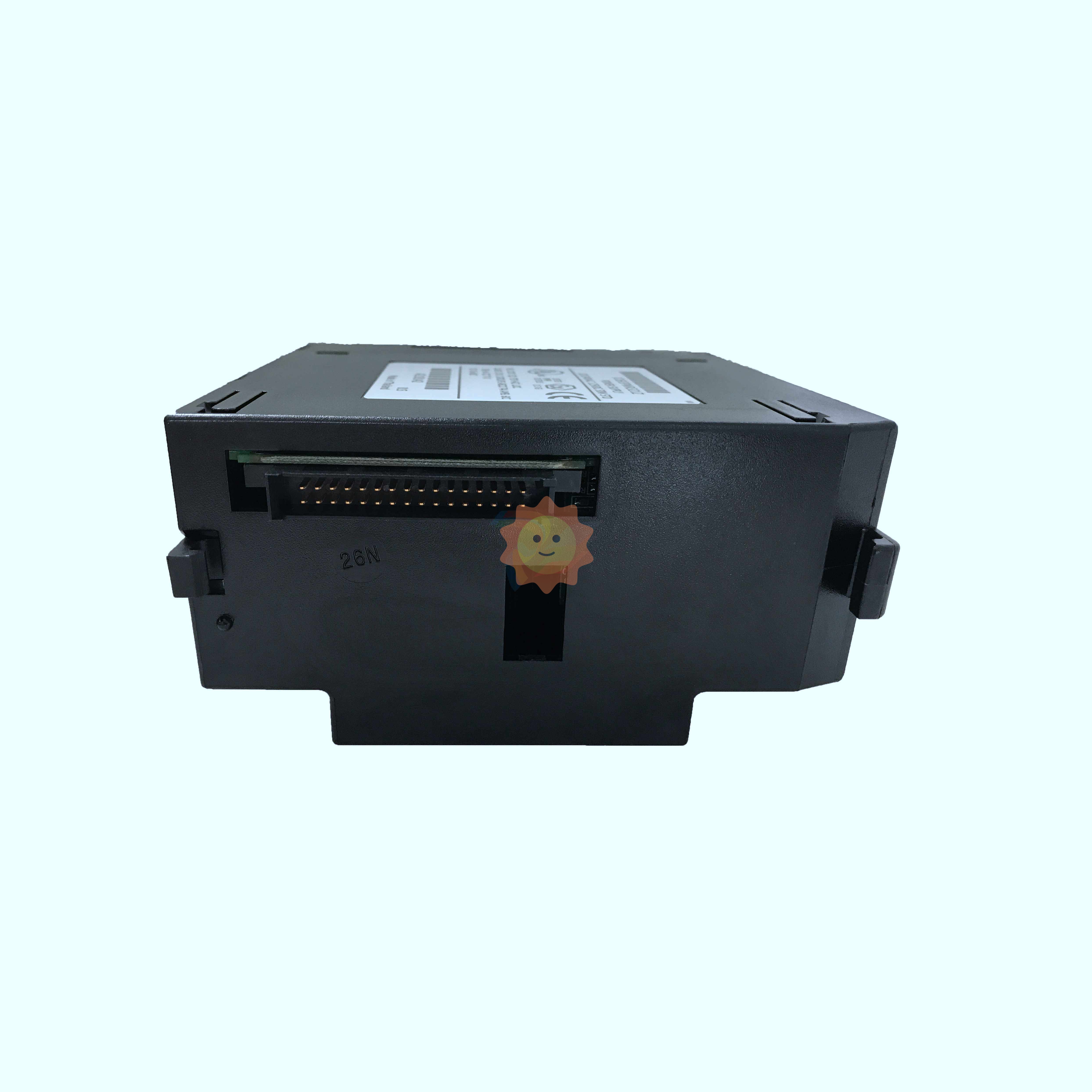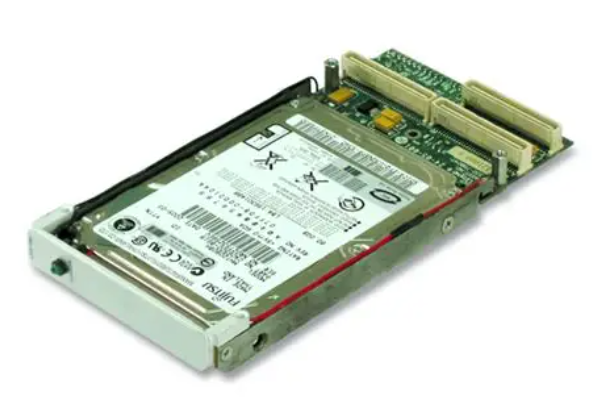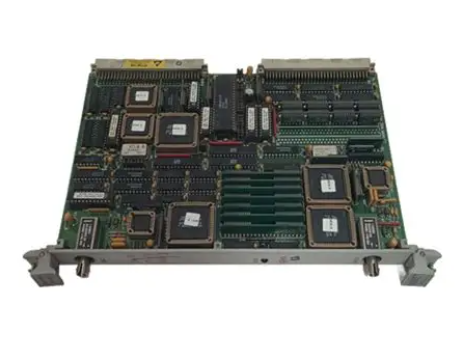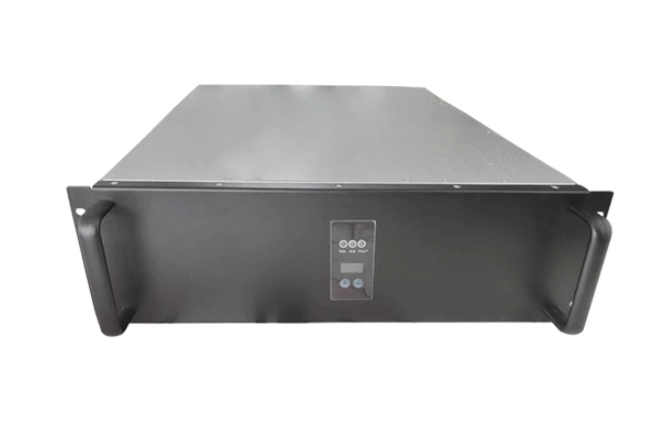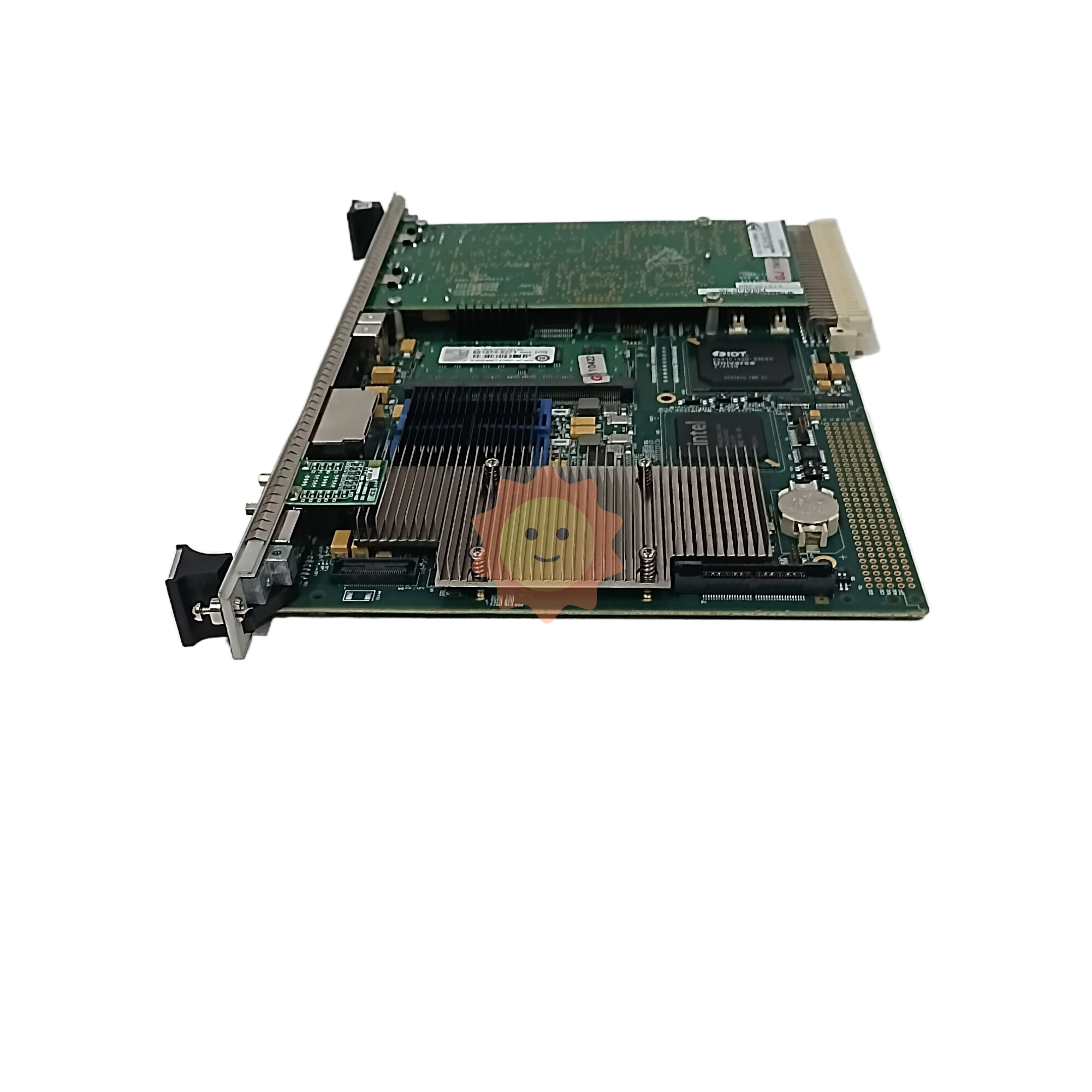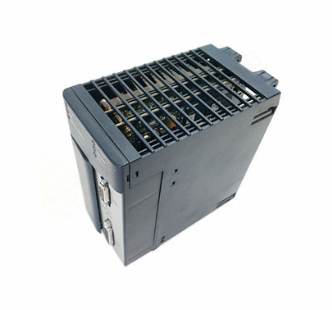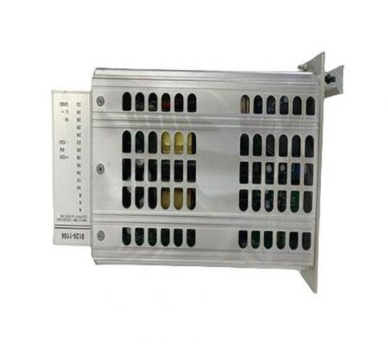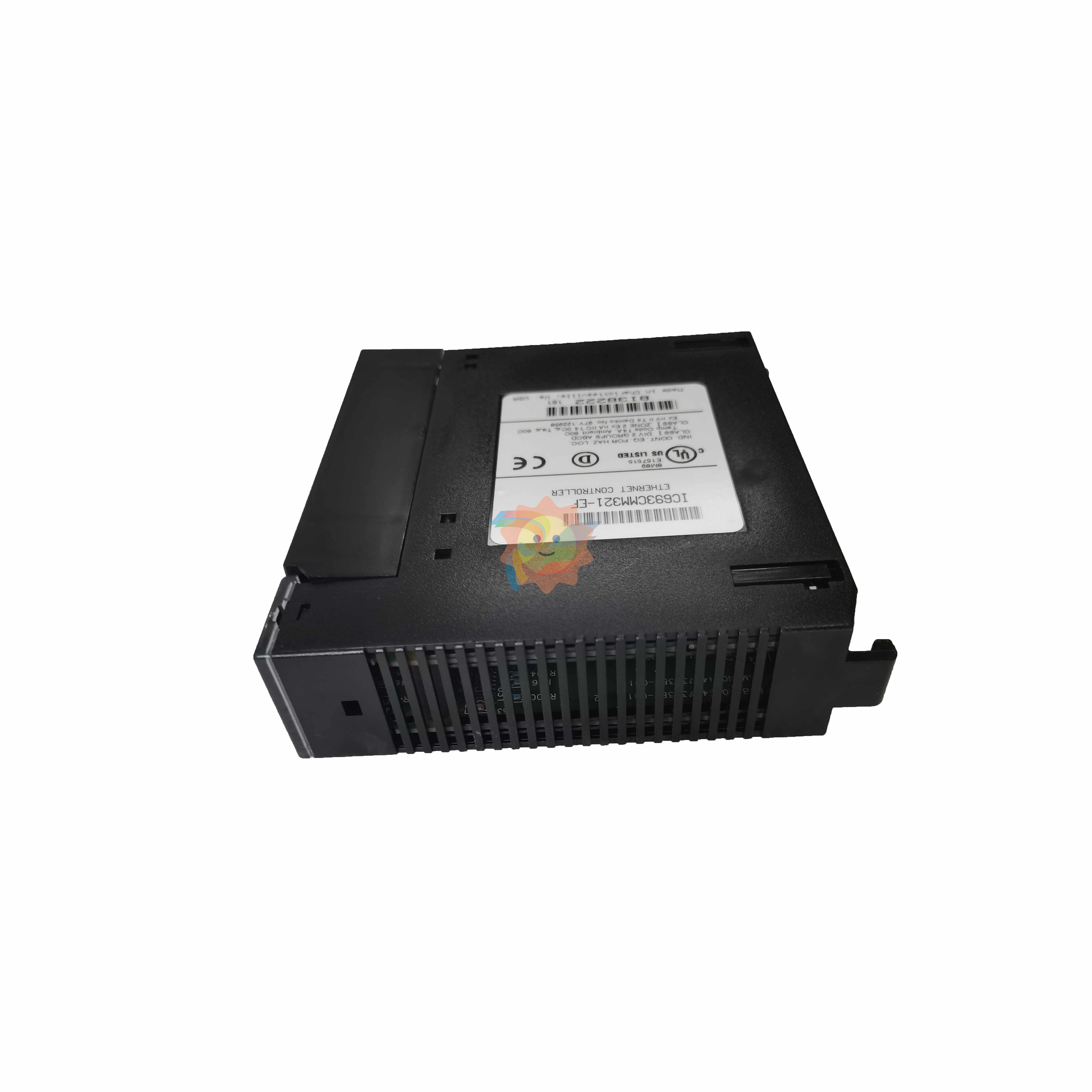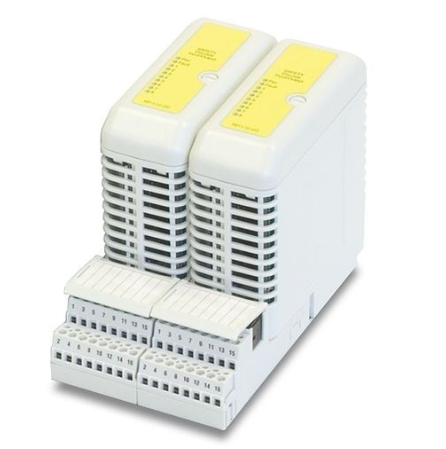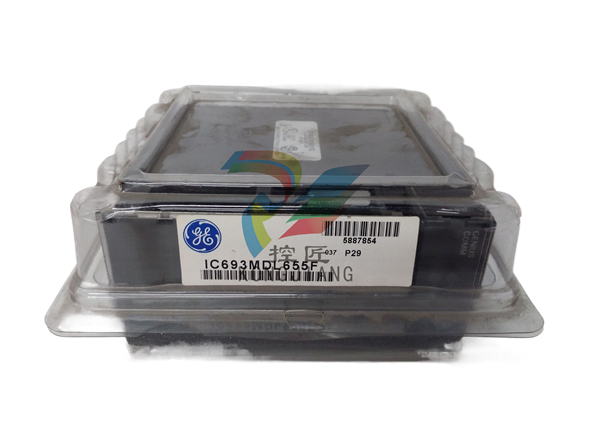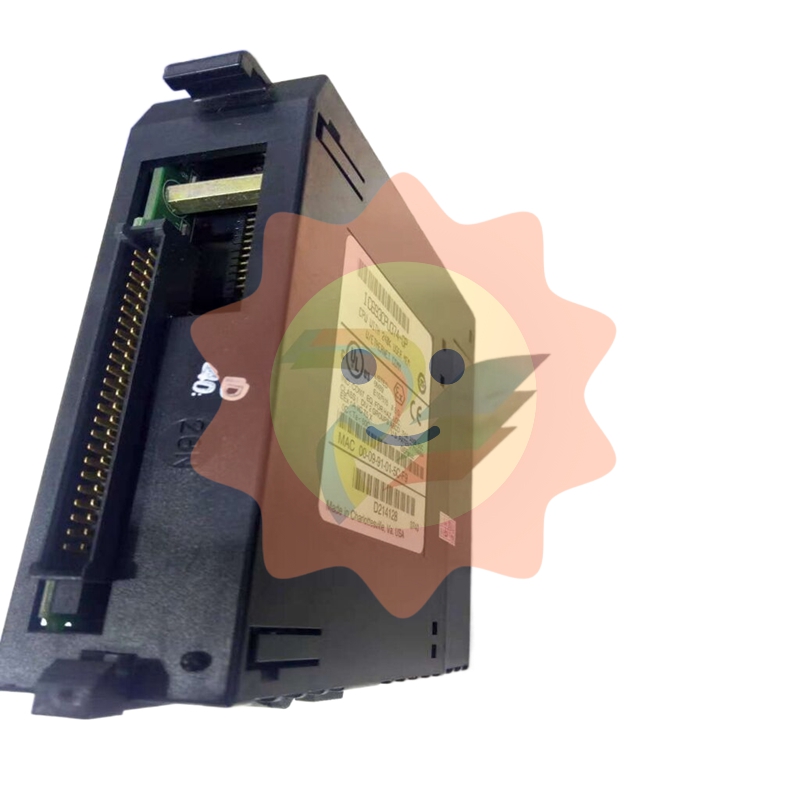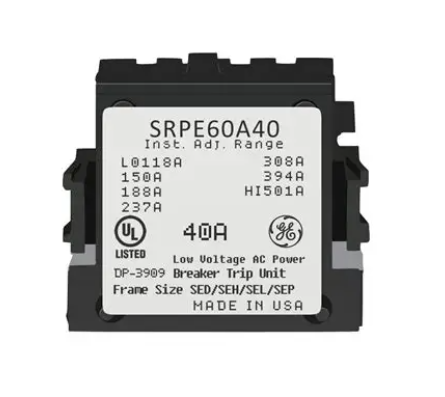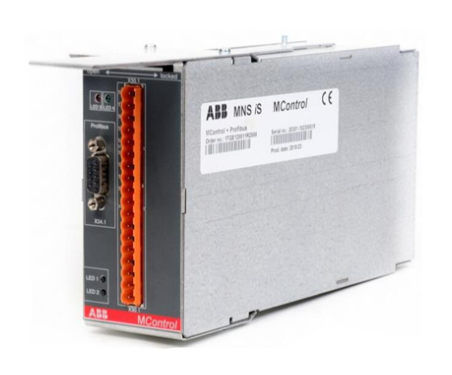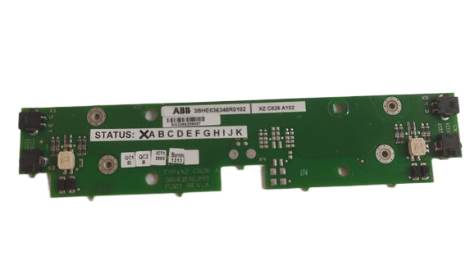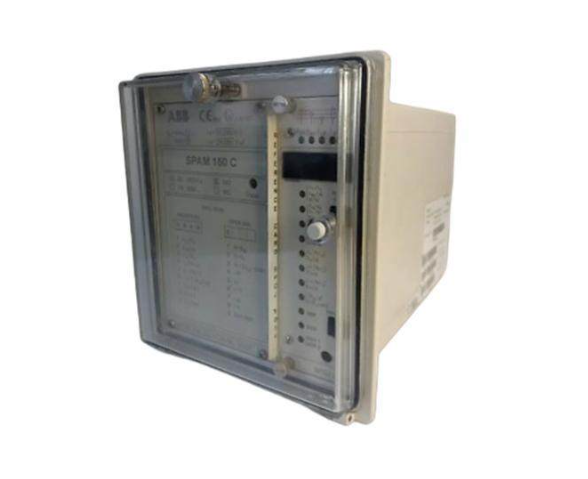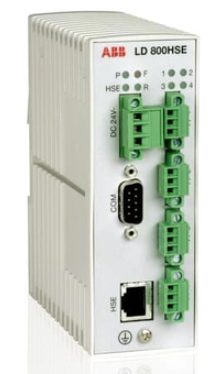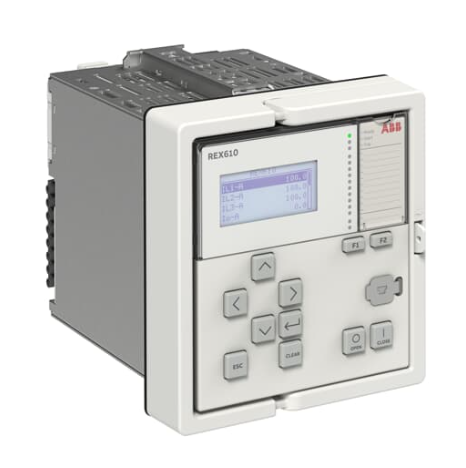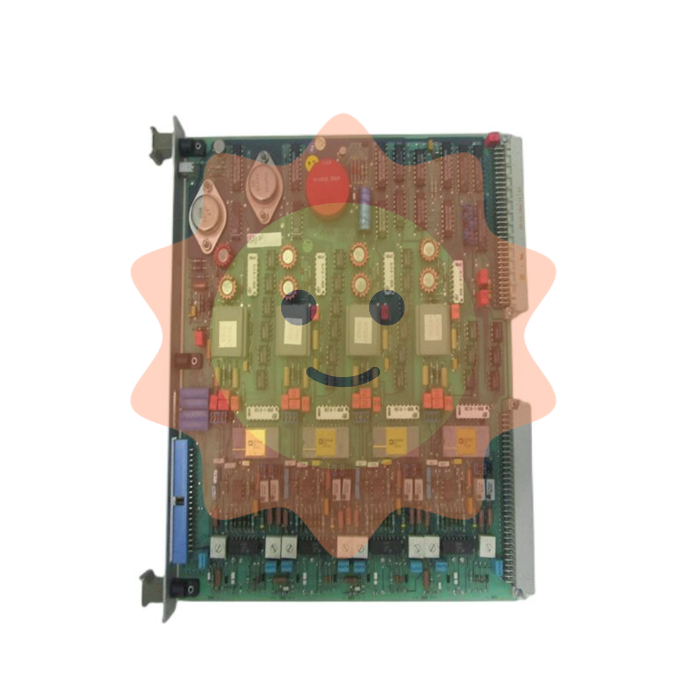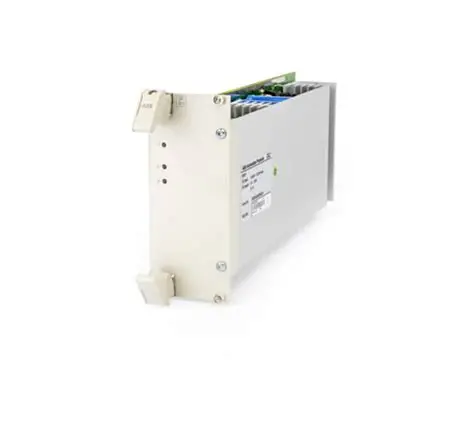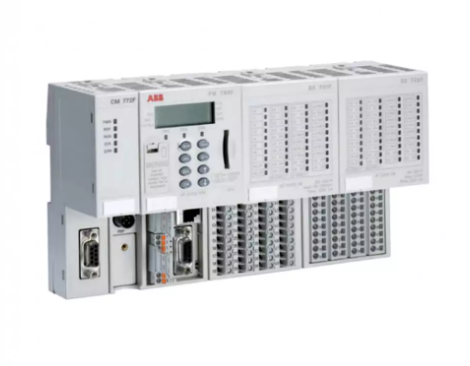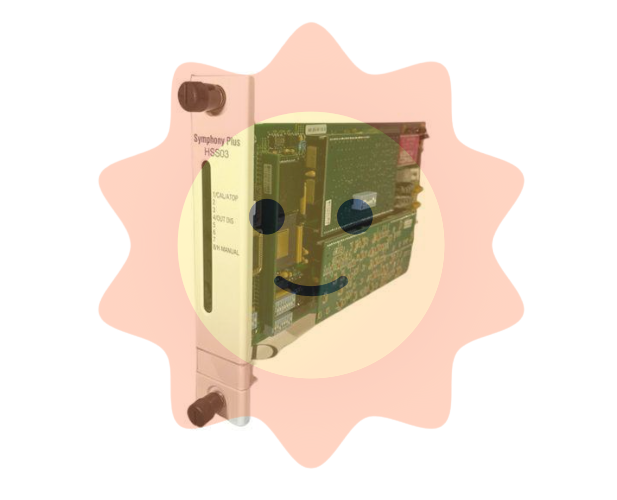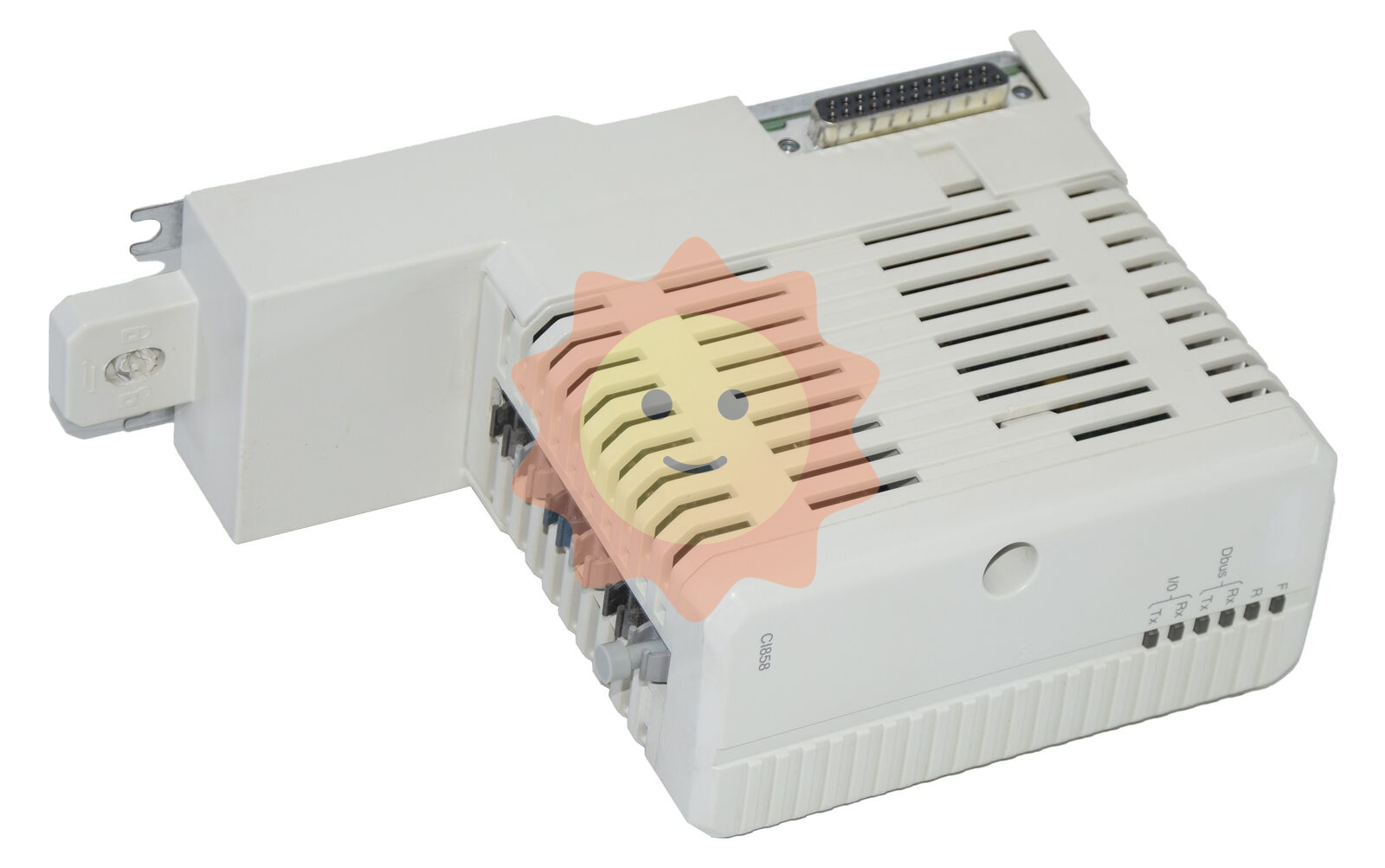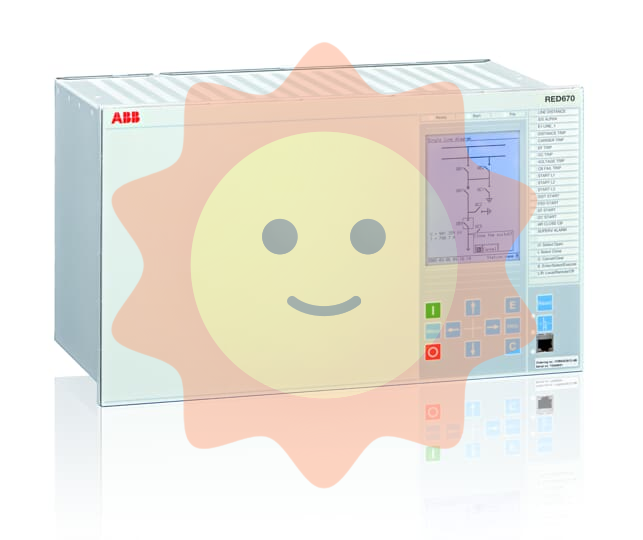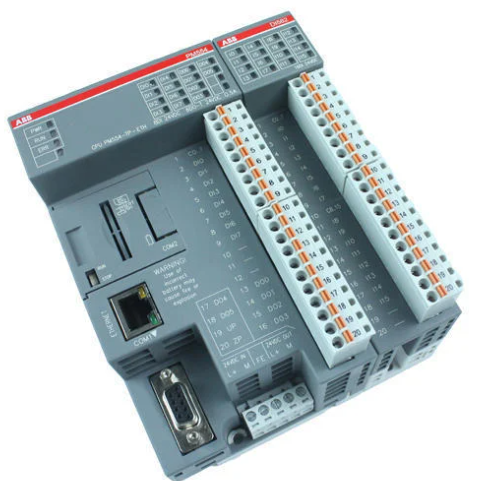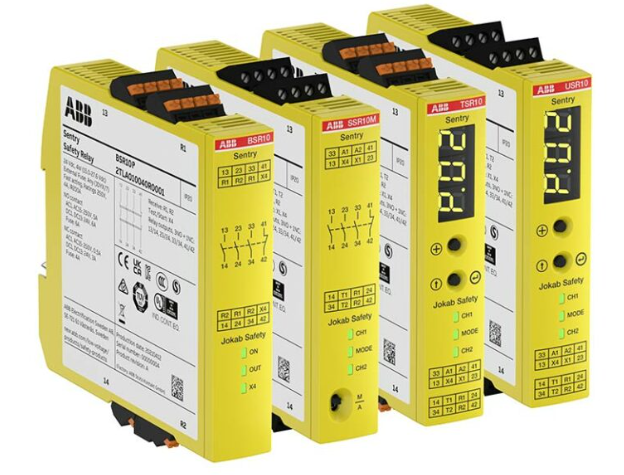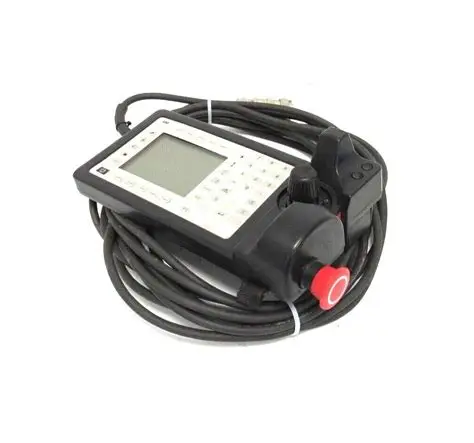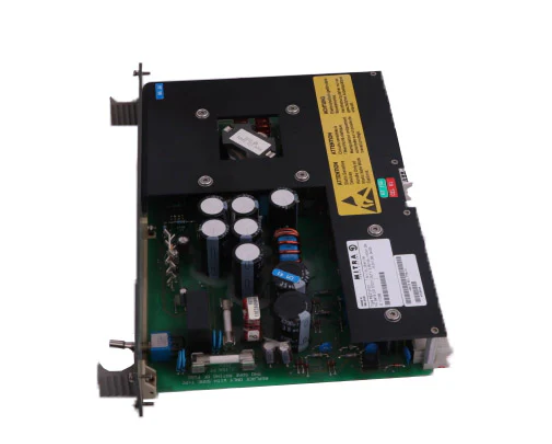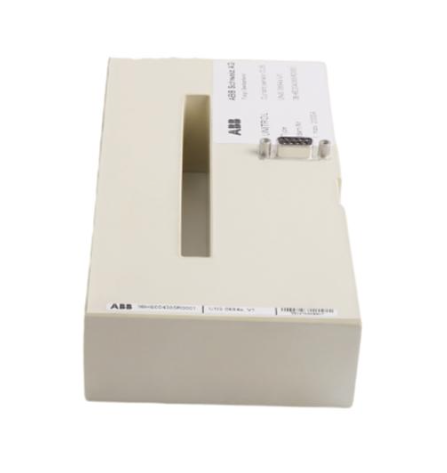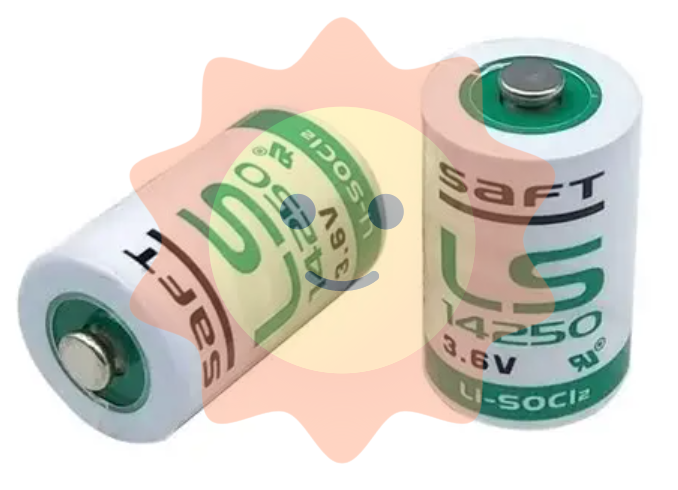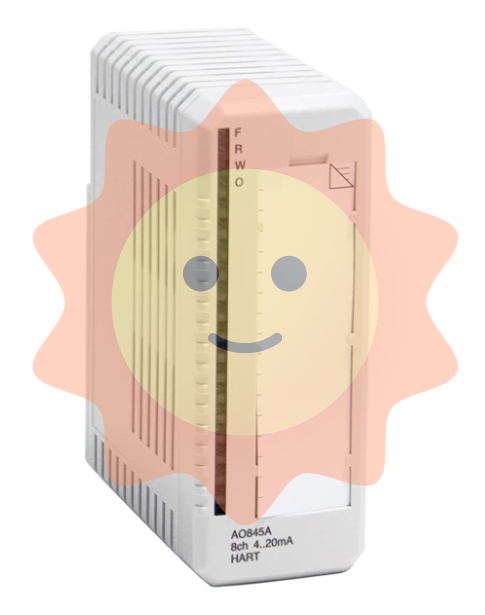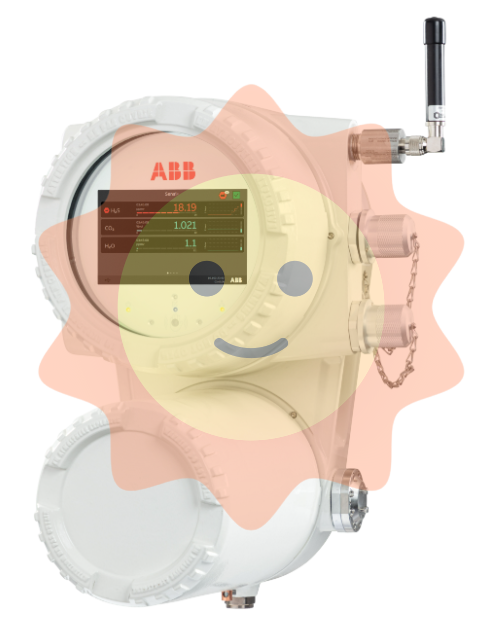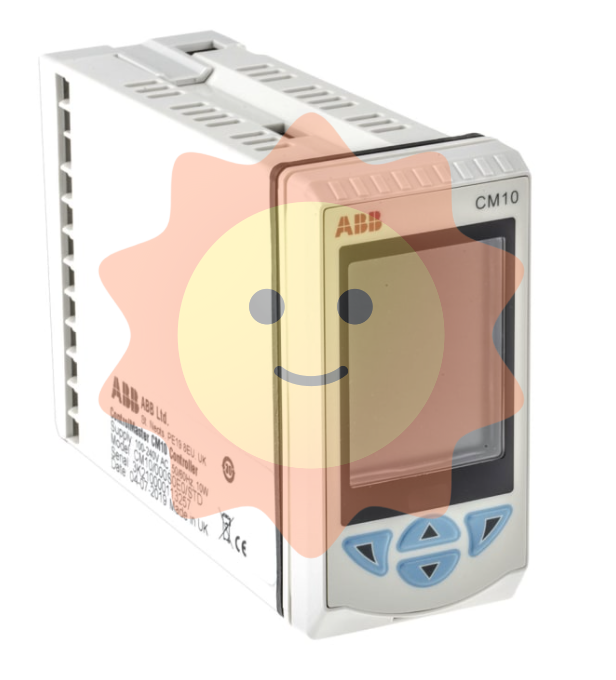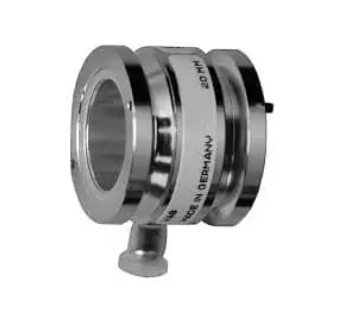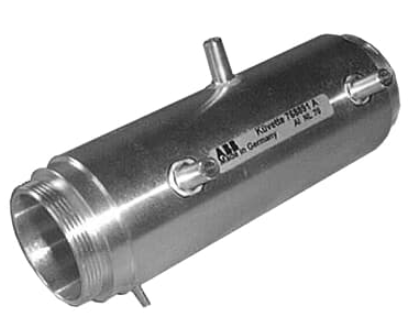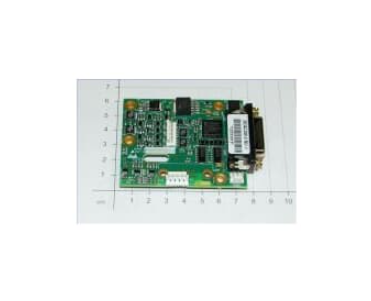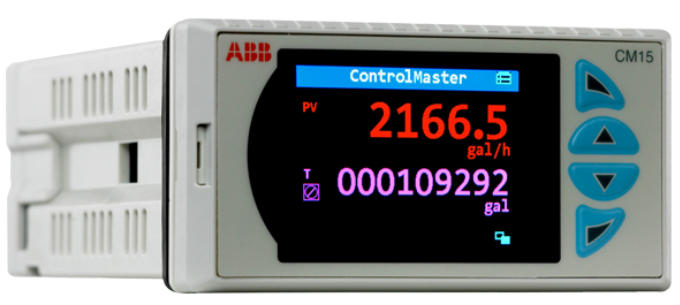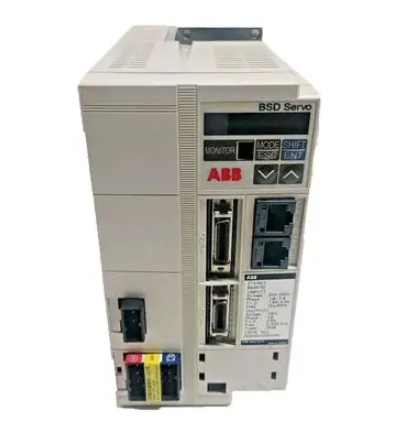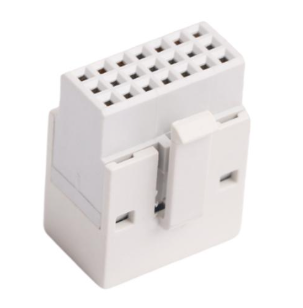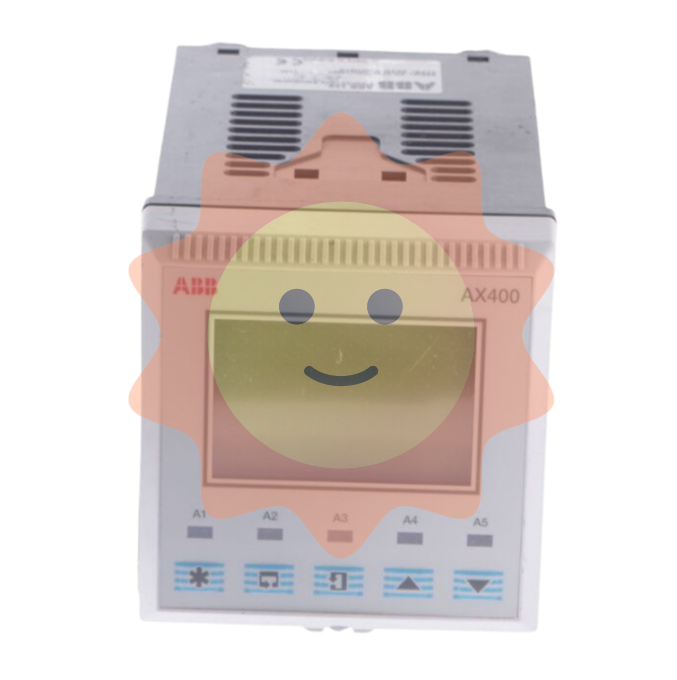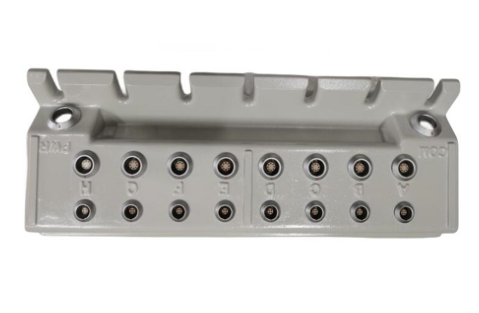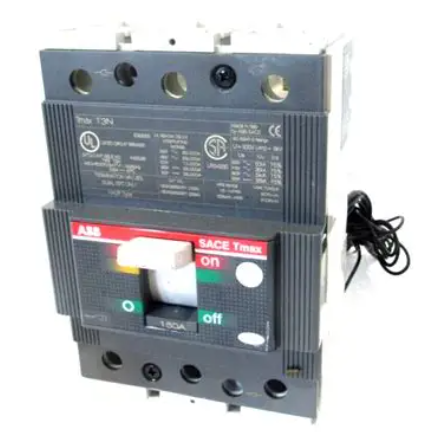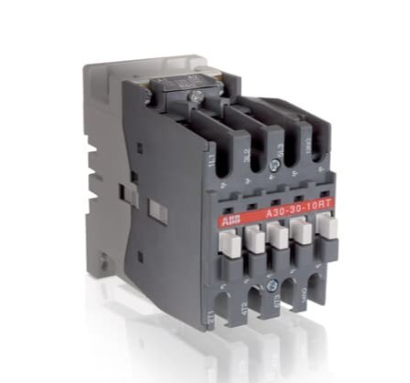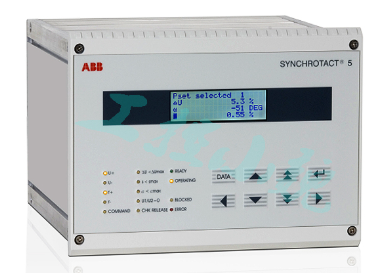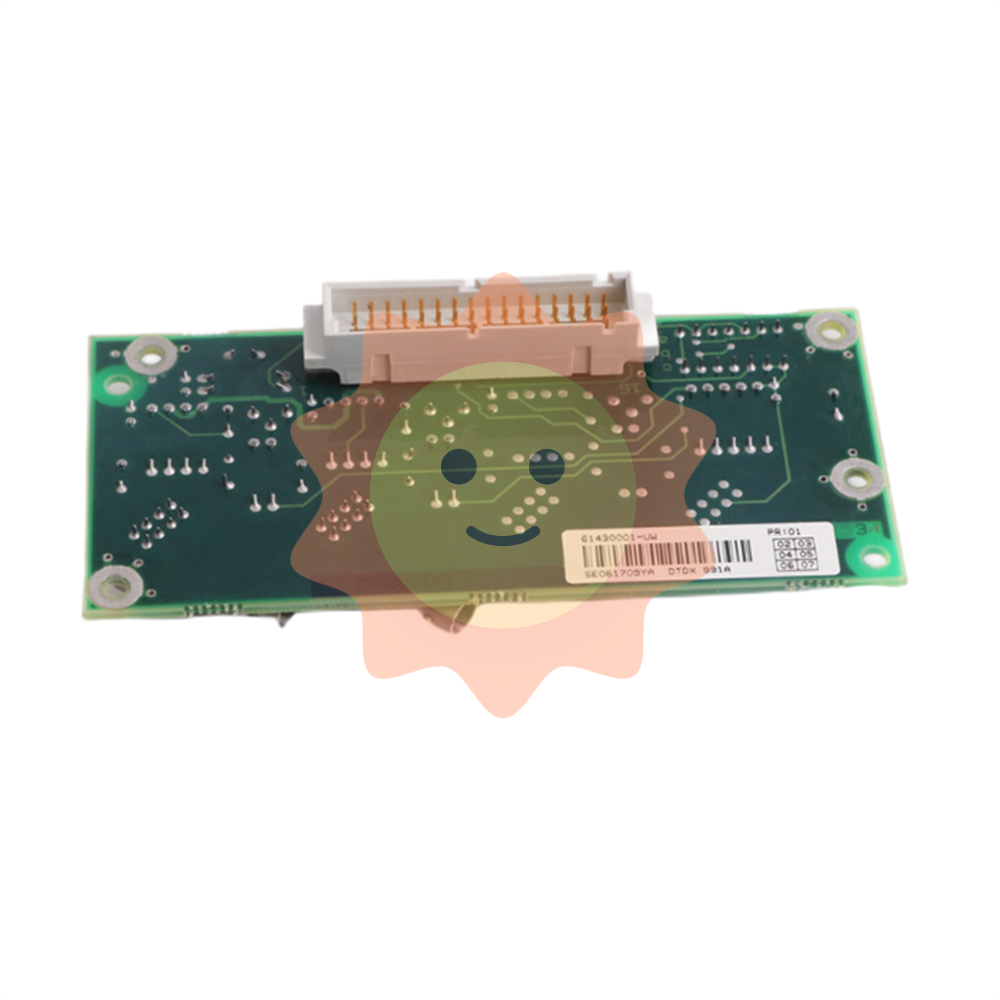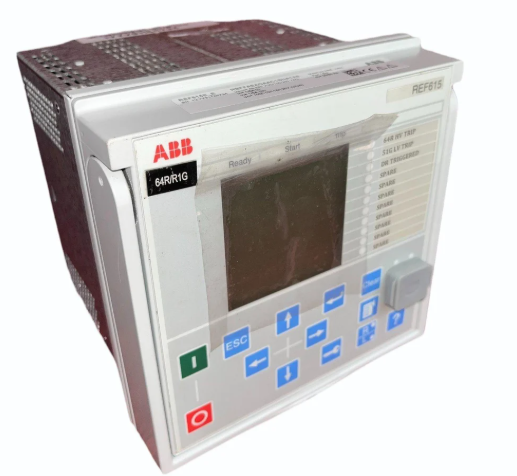Explore various ways of generating electricity
Various power generation methods, such as thermal power generation, hydroelectric power generation, wind power generation, nuclear power generation, solar power generation and solid power generation, its development is from the creation of power generation principles, verified by power generation experiments, and then the design of high-efficiency generators. A generator is a machine that converts all forms of energy other than electrical energy into electrical energy. It was first produced during the second Industrial Revolution and was made by German engineer Siemens in 1866. Driven by a water turbine, steam turbine, diesel engine or other power machinery, the energy generated by water flow, steam flow, fuel combustion or nuclear fission is converted into mechanical energy and transmitted to a generator, and then converted into electrical energy by the generator. So far, most generators are based on this principle of magnetoelectric induction. However, in recent years, there have been new developments from the principle of power generation to the design and development of practical generators, such as the advent and development of photovoltaic, piezoelectric, pyroelectric and other known as solid generators. Today, there are three power generation principles that are somewhat similar in form and completely different in principle:
* Alternating magnetic field generates alternating electric field through magnetoelectric induction;
* Alternating stresses generate alternating electric fields through piezoelectric coupling;
* Alternating temperatures produce alternating electric fields through pyroelectric coupling.

In addition to the current flowing through the wire when cutting the magnetic field line through the traditional so-called wire, the discovery and development of some special materials, especially the large-scale preparation and application of piezoelectric ceramics and pyroelectric ceramics, has been able to generate electric fields and currents of practical value under the action of appropriate alternating stresses; The electric field and current with application value are generated under the action of alternating temperature. The direct conversion of mechanical and thermal energy to electrical energy is realized.
Piezoelectric and pyroelectric ceramics can generate electricity because of the existence of permanent spontaneous polarization within each tiny grain of such ceramics. Under the action of a strong external electric field, it will be arranged in the direction of the electric field, so that the entire crystal has polarity. They are electrically induced by changes in stress or temperature. The larger the applied stress and the higher the change frequency, the larger the generating power. High energy conversion efficiency can be obtained at resonant frequencies. When the piezoelectric power supply with high voltage and low current is needed, the bulk piezoelectric ceramics can be selected. When a piezoelectric power supply with low voltage and high current is required, wafer piezoelectric ceramics can be integrated. At present, various products have been reported in the literature for various types of charging power supplies. It is characterized by small size, light weight, and can be taken with you, especially in high mountains or desert areas without power. It can use a variety of mechanical power, animal power generation, can be used in a variety of harsh environmental conditions, not affected by magnetic field and nuclear radiation, not aging.
In 1965, we used a piezoelectric assembly the size of an index finger, which is composed of four functional blocks of piezoelectric ceramics 8-10 mm in diameter and 10 mm in thickness, and can consistently produce 32-40 watts of AC power on a homemade power machine. The piezoelectric functional block for portable piezoelectric X-ray machine was successfully developed, which can generate 180 watts of electricity for one minute. From the various sizes of piezoelectric power generation applications that can be found on the current Internet, the scale of future development will be very large.

Personally, I think that the development prospects of pyroelectric power generation, which has had several ups and downs, are more attractive. Under the action of alternating temperature, the polarized ferroelectric ceramics can also induce external electric field and current due to the "spontaneous polarization" inherent in the ferroelectric body changing with temperature.
Recent experiments have proved that the selection of different pyroelectric materials and appropriate working methods, and under the so-called "matching" conditions can produce considerable electrical energy. This electrical energy is converted from thermal energy by a change in polarization. This is called a pyroelectric generator. Although no practical reports have been seen so far, the future is broad from the development of pyroelectric materials and the promising results of recent experiments, coupled with the advantages that this power generation method can be applied at room temperature and a large amount of residual heat.
- EMERSON
- Honeywell
- CTI
- Rolls-Royce
- General Electric
- Woodward
- Yaskawa
- xYCOM
- Motorola
- Siemens
- Rockwell
- ABB
- B&R
- HIMA
- Construction site
- electricity
- Automobile market
- PLC
- DCS
- Motor drivers
- VSD
- Implications
- cement
- CO2
- CEM
- methane
- Artificial intelligence
- Titanic
- Solar energy
- Hydrogen fuel cell
- Hydrogen and fuel cells
- Hydrogen and oxygen fuel cells
- tyre
- Chemical fiber
- dynamo
- corpuscle
- Pulp and paper
- printing
- fossil
- FANUC
- Food and beverage
- Life science
- Sewage treatment
- Personal care
- electricity
- boats
- infrastructure
- Automobile industry
- metallurgy
- Nuclear power generation
- Geothermal power generation
- Water and wastewater
- Infrastructure construction
- Mine hazard
- steel
- papermaking
- Natural gas industry
- Infrastructure construction
- Power and energy
- Rubber and plastic
- Renewable energy
- pharmacy
- mining
- Plastic industry
- Schneider
- Kongsberg
- NI
- Wind energy
- International petroleum
- International new energy network
- gas
- WATLOW
- ProSoft
- SEW
- wind
- ADVANCED
- Reliance
- YOKOGAWA
- TRICONEX
- FOXBORO
- METSO
- MAN
- Advantest
- ADVANCED
- ALSTOM
- Control Wave
- AB
- AMAT
- STUDER
- KONGSBERG
- MOTOROLA
- DANAHER MOTION
- Bently
- Galil
- EATON
- MOLEX
- Triconex
- DEIF
- B&W
- ZYGO
- Aerotech
- DANFOSS
- KOLLMORGEN
- Beijer
- Endress+Hauser
- MOOG
- KB
- Moxa
- Rexroth
- YAMAHA
- Johnson
- Westinghouse
- WAGO
- TOSHIBA
- TEKTRONIX


Email:wang@kongjiangauto.com


